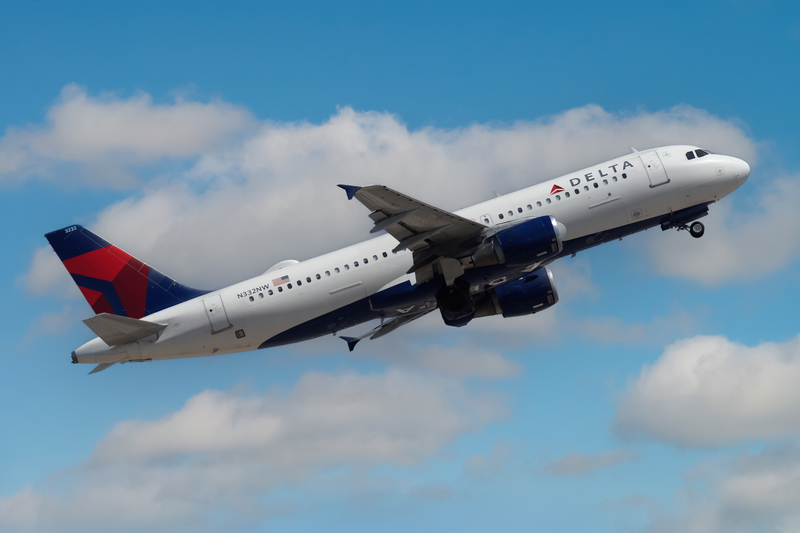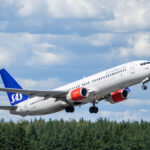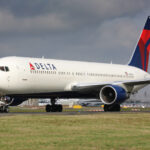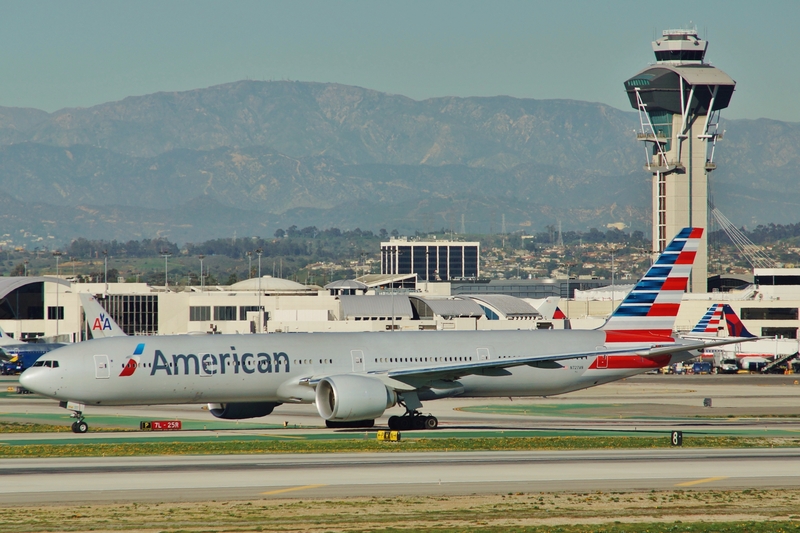Delta Air Lines Investigates Mysterious Nose Damage to Airbus A320 After Denver Flight

ID 277774640 © Robin Guess | Dreamstime.com
Delta Air Lines has launched an investigation into an incident involving one of its Airbus A320 aircraft, which sustained unexplained damage to its nose section during a recent flight. The A320, operating Flight 1235 from Detroit Metropolitan Wayne County Airport (DTW) to Denver International Airport (DEN), landed safely in Denver despite the mechanical issue, and no injuries were reported among the 148 passengers and six crew members on board. The incident is currently under review by Delta’s maintenance and safety teams, as well as Airbus technical experts, to determine the cause of the damage.
Incident Details and Flight Timeline
Delta Flight 1235 departed from Detroit on time, maintaining routine operations throughout the majority of its journey to Denver. Upon arrival and subsequent inspection at Denver International Airport, however, maintenance personnel noted visible damage to the nose section of the A320. Although the exact nature of the damage remains under investigation, early assessments suggest it may have occurred during the flight. The aircraft completed the journey without any reported issues during its approach or landing, and there were no irregularities communicated by the flight crew to air traffic control.
Following the incident, Delta’s team opted to ground the aircraft to conduct a thorough inspection, delaying the scheduled return flight from Denver to Salt Lake City (SLC). Impacted passengers were provided with rebooking options and compensation for the unexpected delay, in line with Delta’s customer service policies.
Potential Causes Under Investigation
Delta’s maintenance crew, in coordination with Airbus specialists, is actively examining several potential causes for the mysterious nose damage, including:
- Bird Strike: A bird strike is one of the most common reasons for nose damage in commercial aircraft. However, there was no immediate evidence of bird remains, which would typically be identified upon inspection.
- Weather Phenomenon: Although the flight route did not encounter severe weather, high-altitude turbulence or atmospheric pressure changes can sometimes cause minor structural impacts. Lightning strikes and hail are also occasional contributors to nose section damage, but no adverse weather was reported in the area during Flight 1235’s journey.
- Debris Impact: The possibility of encountering airborne debris or small objects, particularly at higher altitudes, is another factor under consideration. While rare, small debris particles can cause significant damage when impacting at high speeds.
The investigation is ongoing, with Delta planning to review operational data from the flight, including flight recorder and maintenance logs, to support the examination. Delta Air Lines has stated that it will cooperate fully with any additional inquiries that may arise from regulatory agencies, though at this time there is no indication of external regulatory involvement.
Safety Measures and Industry Protocols
Delta Air Lines follows strict maintenance protocols and safety standards to ensure the safety of its fleet and passengers. Events involving unknown damage to critical parts of the aircraft are rare, and airline procedures dictate immediate inspection and repair to maintain operational safety. Delta has confirmed that the damaged A320 will not return to service until all inspections are completed, repairs made, and the aircraft deemed safe for flight.
The airline has assured the public and passengers that it is taking all necessary steps to address the incident, and that passenger safety remains the priority. This approach is consistent with Delta’s reputation for safety and adherence to industry protocols in responding to unusual maintenance findings.
Ensuring Passenger Confidence and Transparency
Delta has proactively communicated with affected passengers and issued a public statement regarding the incident. The airline is focused on maintaining transparency throughout the investigation, a measure aimed at upholding passenger confidence. By providing detailed updates, Delta aims to demonstrate its commitment to rigorous safety standards, while assuring future passengers that its fleet operates under the highest levels of maintenance and inspection.
Passengers on the affected flight were quickly rebooked and compensated for delays, with Delta’s customer service team on standby to assist those affected. The airline’s approach reflects its commitment to minimizing passenger inconvenience and maintaining trust, even when faced with unusual incidents.
Industry Context and Broader Implications
While damage to an aircraft’s nose section is uncommon, this incident highlights the range of potential challenges that airlines must account for in day-to-day operations. As industry experts review this case, findings from the investigation could contribute valuable insights to improve aircraft maintenance procedures and structural inspection practices across the industry.
As Delta and Airbus analyze data and work to resolve the cause of the nose damage, the airline’s commitment to transparency and safety stands as a model of best practices, reinforcing its dedication to upholding the highest standards for its operations and its passengers.




